TL;DR
In a small square bedroom (around 10x10 feet or 305x305 cm), the best bed placement typically keeps a clear 24–30 inch path and pushes storage up the walls. To maximize storage in a small square bedroom, trade bulky nightstands for a tall narrow dresser, mount the mirror on the door, and add a shallow over-bed shelf or cabinet bridge. Underbed drawers, slim wardrobes (14–16 inch depth), and floating lighting free floor space fast.
Introduction

Smart bed placement and vertical storage in a 10x10 room optimize circulation and storage without clutter.
SEO intro: Maximize storage in a small bedroom with smart bed placement, vertical wardrobes, and space-saving mirrors without blocking the door.
Here’s the thing about a small square bedroom: symmetry is tempting, but circulation is king. In a 10x10 room with a queen (160x200 cm), every inch matters, especially near the entry and the window heater or radiator. Add a floor mirror, wide nightstands, and a freestanding wardrobe and suddenly the doorway feels tight and the room feels smaller than it is.
If you want a wardrobe for coats, a place to stash the everyday chaos, and a layout that doesn’t clog the entrance, think vertical, shallow, and mounted. I’ve seen couples, cats, and all the bedtime gear coexist comfortably in spaces this size by swapping one or two pieces and lifting most storage off the floor. The relief is immediate.
Core strategy: the best bed placement and storage for a small square bedroom
Core strategy: the best bed placement and storage for a small square bedroom
In a 10x10 bedroom (305x305 cm), aim for 24–30 inches (60–76 cm) of walkway on at least one side of the bed and at the foot to keep movement effortless.
- Bed placement in a small bedroom: Keep the headboard on the longest uninterrupted wall. If two people share the bed, maintain one full-side walkway and accept a slimmer 16–20 inch (40–50 cm) margin on the other side if needed. If a radiator sits under the window, avoid pushing the headboard into it; instead, center the bed on the adjacent wall.
- Create a headboard shelf without losing floor space: Pull the bed 4–6 inches (10–15 cm) from the wall and install a low floating ledge the width of the bed. That ledge replaces nightstand surfaces for phones, books, and glasses and works with plug-in sconces.
- Swap one nightstand for a tall narrow dresser: Replace at least one bulky nightstand with a dresser 16–18 inches deep (40–46 cm) and 24–28 inches wide (60–70 cm). Shallow drawers beat squat boxes every time in a small room.
- Choose a shallow wardrobe: A 14–16 inch deep (35–40 cm) wardrobe with a mix of shelves and a pull-forward rail increases capacity without stealing the doorway. Sliding doors or curtains minimize swing conflicts.
- Underbed storage that actually moves: A bed with 12–14 inches (30–36 cm) of clearance fits rolling drawers for off-season clothes and extra bedding. Label bins on the short side so you can pull them from the clear aisle.
- Move the mirror off the floor: A wall-mounted or over-the-door full-length mirror instantly frees 1–2 square feet of floor space. If you love a leaner, pick a taller, narrow frame and lean it flush to the wall to reduce protrusion.
- Use the dead zone above tables: Add a 28–36 inch (70–90 cm) high rail or double hooks for “in-rotation” coats and bags. Experts recommend keeping hooks 10–12 inches (25–30 cm) apart so items don’t pile into a bulky mass.
User insight: Many homeowners report that the single biggest improvement came from ditching one nightstand for a tall dresser and mounting the mirror on the door — it creates a wardrobe zone without blocking the entry.
Anecdote
One homeowner lived for years with a queen jammed between two nightstands. Removing a single nightstand and adding a 16-inch deep, 5-drawer dresser changed everything — more storage, better path to the door, and a surface that stayed tidy.
Common mistakes in small bedrooms (and the quick fixes)
Common mistakes in small bedrooms (and the quick fixes)
Designers often advise that what you remove matters as much as what you add in compact rooms.
- Keeping a floor mirror: It eats circulation. Fix: wall-mount or hang it over the door; you regain a meaningful patch of floor.
- Oversized nightstands: Anything deeper than 18 inches (46 cm) will pinch a 10x10. Fix: go narrow or float a shelf behind the headboard.
- Ignoring vertical storage: Dressers and wardrobes stop at 48 inches when the ceiling is 96. Fix: stack to 84–90 inches with a cabinet bridge over the bed or staggered shelves.
- Blocking the door swing: A 30–32 inch door needs clear space. Fix: choose sliding wardrobe doors or position storage opposite the hinge side.
- Perfect symmetry obsession: Two matching nightstands look balanced but waste precious inches. Fix: asymmetry with purpose — one shelf, one dresser, centered art to anchor the bed.
Pro tips designers use in tight spaces
Pro tips designers use in tight spaces
For a queen bed in a small bedroom, a 6x9 rug oriented crosswise under the lower two-thirds can make the room feel wider without choking walkways.
- Over-bed bridge storage: Use cabinet “bridges” 12–16 inches deep (30–40 cm) above the headboard at 54–60 inches (137–152 cm) from the floor to clear pillows. This creates hidden storage for off-season clothing.
- Floating light is your friend: Plug-in sconces or battery-powered picture lights mounted 20–24 inches (50–60 cm) above the mattress top free surfaces and look custom.
- The two-duvet trick for couples: Two twin duvets on a queen end the midnight tug-of-war and let each sleeper pick their warmth level. Hotels across Northern Europe use this setup for a reason.
- Shallow wardrobes, deeper function: Fit vertical shelf dividers and pull-out baskets in a 14–16 inch deep unit; hang shorter items on a pull-out rail perpendicular to the wall to avoid door collisions.
- Mount once, measure twice: Before installing shelving, lay painter’s tape for 24–30 inch walkways at the bed side and foot. If tape lines disappear, your storage is too deep.
Quick reflection: In small rooms, “less, but taller” beats “more, but shorter.” The eye travels up, the floor breathes, and the room feels calm.
Real-world stories from small bedrooms that finally work
Real-world stories from small bedrooms that finally work
In a 10x10 for two people and a very opinionated cat, the couple swapped one nightstand for a 16-inch deep dresser and added a floating headboard shelf. They mounted the mirror on the back of the door. Result: a clear entry and a proper spot for coats without a bulky rack.
A renter in an old building ditched a leaning mirror that gobbled floor space and installed a pressure-fit wardrobe pole in a corner with two shelves above. The pole held weekly-rotation clothing; the shelves handled bags and hats. The room felt twice as useful without new holes.
A DIYer used off-the-shelf cabinets to build a wardrobe bridge above the bed, with narrow towers as pseudo-nightstands. Plug-in sconces went on the towers, and underbed drawers took everything that didn’t need to hang. It looked built-in, but it was modular and reversible.
And a pair of blanket stealers finally tried two duvets. They slept better, fought less, and stopped upsizing the bed — which freed the budget for a slim wardrobe and better lighting.
Visualization Scenario
Picture stepping into your room and seeing the bed centered on the long wall, a slim dresser replacing one nightstand, and a soft glow from wall sconces. A 10-inch headboard shelf holds your book and glass of water. A shallow wardrobe with sliding doors sits opposite, and the full-length mirror hangs on the door. The floor is clear, the air feels lighter, and even the cat has a perch.
- Suggested alt text: small square bedroom with queen bed, floating headboard shelf, shallow wardrobe, over-door mirror
- Suggested caption: Centered bed, tall narrow dresser, and mounted mirror free up circulation in a 10x10 bedroom.
Want to see it before you move furniture? Generate layout options with ReimagineHome and compare bed placements side-by-side.
FAQ
FAQ
What’s the best bed placement in a 10x10 small bedroom?
Place the headboard on the longest uninterrupted wall and keep a 24–30 inch walkway on at least one side. This preserves circulation while allowing a dresser or shallow wardrobe on the opposite wall.
How do I maximize storage in a small square bedroom without blocking the door?
Use a 14–16 inch deep wardrobe with sliding doors, an over-door mirror, and a tall narrow dresser. Add a floating headboard shelf to replace bulky nightstands.
Should I put the bed under the window in a small room?
If a radiator or heater sits below the window, avoid placing your headboard there; heat and drafts disrupt comfort. Use the adjacent wall and hang full-height curtains to draw the eye up.
What nightstand alternatives work best in tiny bedrooms?
Floating shelves, a headboard ledge, or a tall narrow dresser offer the same function in less floor area. Mount plug-in sconces to free the surface for essentials.
Is a floor mirror a bad idea in a small bedroom?
Freestanding mirrors consume valuable floor area and pinch walkways. A wall-mounted or over-the-door mirror gives the same function and instantly opens the room.
Wrap-up
Wrap-up
Small bedrooms reward clarity. Keep a 24–30 inch path, push storage up the walls, and let lighting float off the nightstands. A shallow wardrobe, a tall narrow dresser, and an over-door mirror will often unlock more function than a new bed frame ever could. If you need a quick sanity check on layout ideas, drop your dimensions into ReimagineHome and test variations before you drill a single hole.
- Bed on the longest clear wall, with one generous aisle.
- Swap one nightstand for a 16–18 inch deep dresser.
- Mount the mirror; add an over-bed shelf or cabinet bridge.
- Use underbed drawers and a shallow wardrobe with sliding doors.
.svg)

.svg)

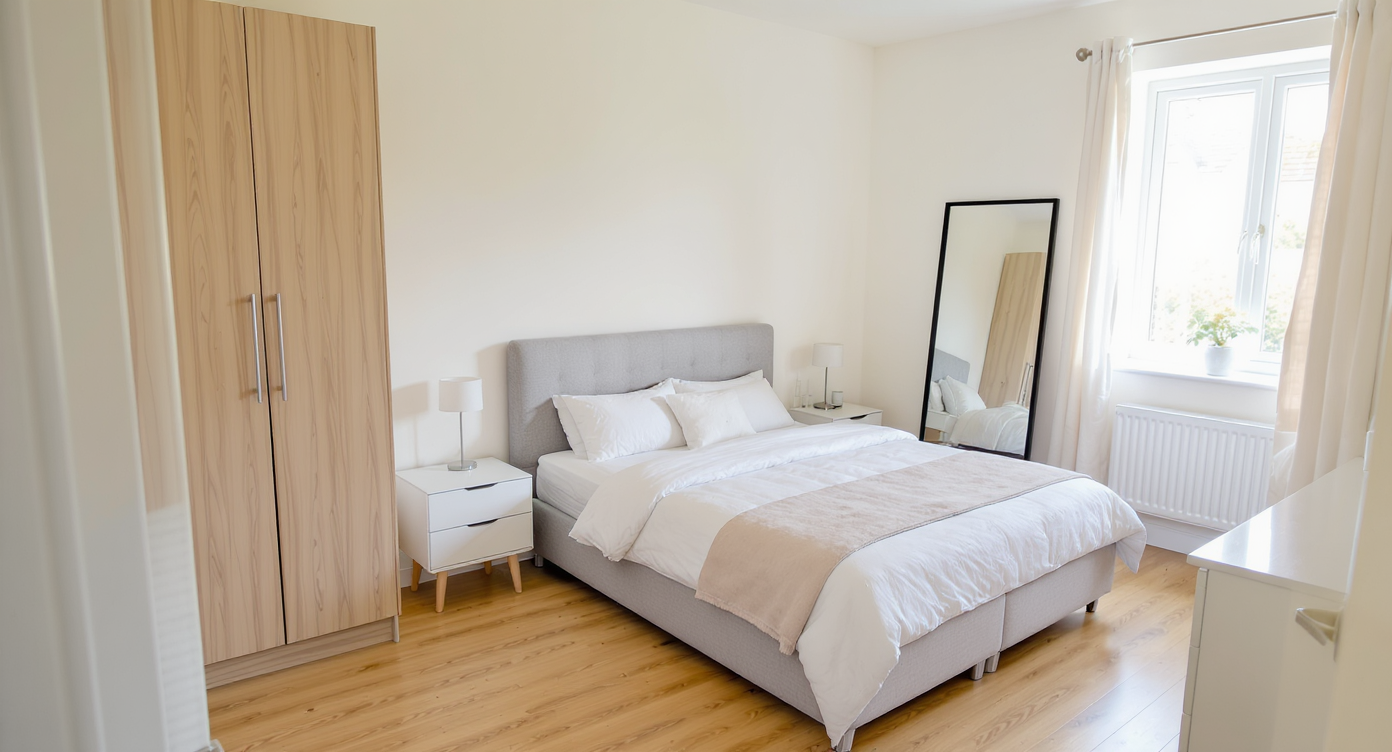
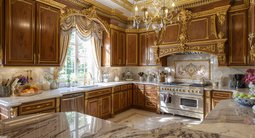


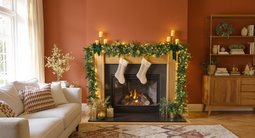
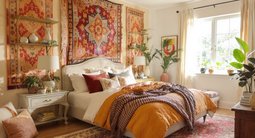




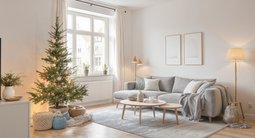


.png)